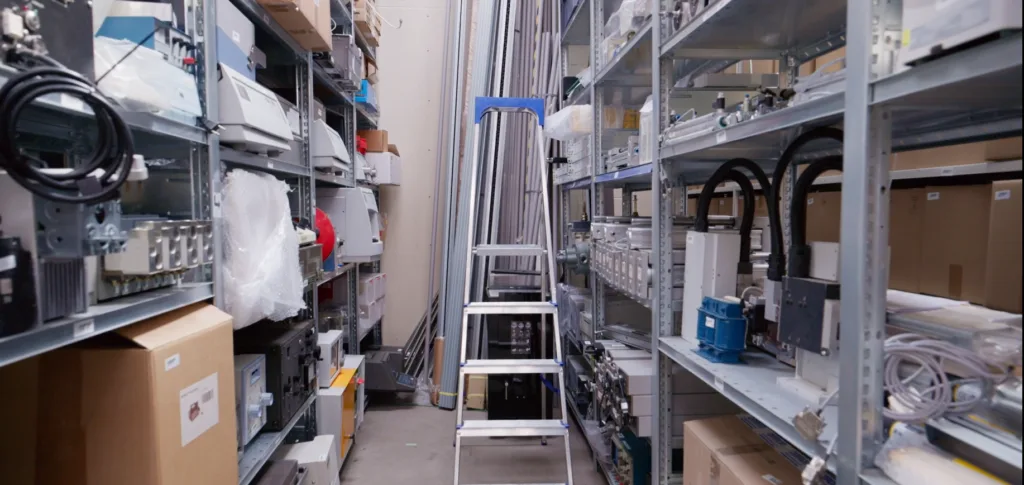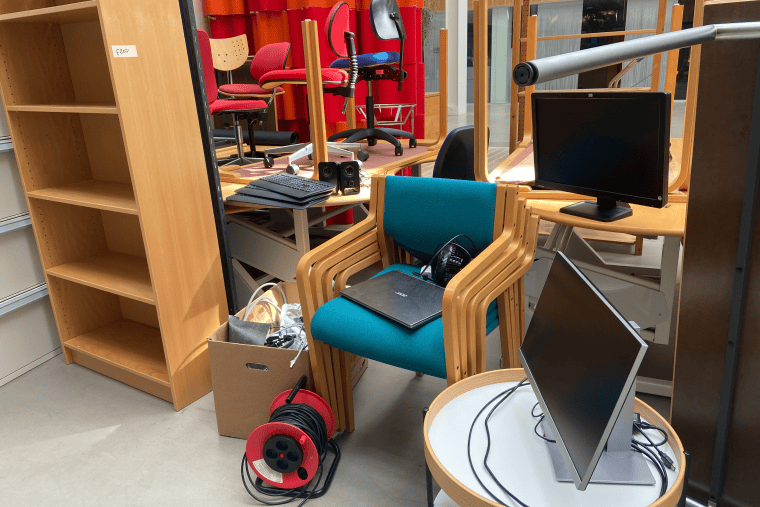What Do Organizations Have Lying Around Collecting Dust?
Insights from the Reboot Sustainability Fair We’ve all been there—walking through the office and spotting items collecting dust on shelves, buried in cupboards, or stashed in storage spaces. The problem? No one knows about these items, their condition, or who’s responsible for them. Current resource management tools fall short. While they might tell you an item exists somewhere in your office, they often leave critical questions unanswered: With these unknowns, it’s often easier just to buy something new. Common Challenges We Heard at the Reboot Fair At the Reboot B2B Sustainability Fair in Odense, we asked visitors:“What are the items you’ve spotted collecting dust at your workspace?” The responses were strikingly similar across companies: Upon further discussion, a shared challenge emerged: unused items are often either discarded as waste or tucked away into storage—hidden from everyone except the handful of people managing company resources. Making Unused Items Visible What if, instead of letting unused items disappear into storage or landfills, they were actively made visible and available to the entire company? Items can only be utilized if: Some companies attempt to address this through intranet systems, but without a cultural shift, these solutions often go underutilized. Circularity Requires a Change in Mindset Building a circular culture demands more than just tools—it requires front runners willing to champion change. While companies often focus on saving money during procurement, they overlook the massive savings potential in utilizing what they already own. For example, reusing existing office equipment could reduce purchasing costs by 20-30% annually (source: Accenture, Waste to Wealth). The Opportunity in Circular Resource Management By creating a streamlined, user-friendly process for redistributing or borrowing unused items, organizations can unlock significant opportunities: The Future Is Circular At WeUse, we believe the foundation of circularity lies in visibility and convenience. By enabling a culture of sharing, borrowing, and reusing, we help organizations realize the untapped potential in what they already own. So, the next time you’re about to buy something new, ask yourself:Could the solution already be hiding in your own workspace? Let’s work together to shift from “buying new” to reusing smartly, building a more sustainable, cost-effective future for your organization.
What Do Organizations Have Lying Around Collecting Dust? Read More »




